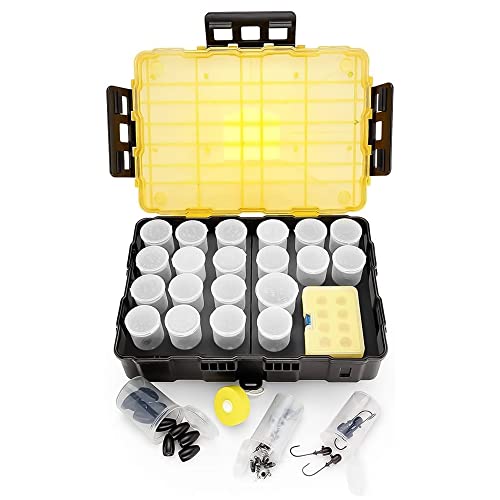Bugpac said:
If this was the case imagine what tread plate would look like. .
Mill finish is what I'm referring to. Tread Plate is available in mill finish and 'bright,' also known as 'tread brite,' though I think that may be one companies trade name (ie; Kleenex vs. facial tissue). Bright finish tread plate does not have the same surface coating as the mill finish sheet/plate, and is a completely different animal.
Here is some good reading. There's 135 pages, so I doubt anyone will read the full amount, but sections 3-5 are very informative on the rolling of aluminum sheet goods. Narrowing down further, section 5 explains baking on the coolant/lubricant that facilitates running the sheets through the rolls without sticking. This baked on lubricant is what the 5000 alloy sheets are shipped with.
https://www.aluminum.org/Content/Na...g_Aluminum_From_The_Mine_Through_The_Mill.pdf
To make it to where anyone can experiment and see with their own eyes, if one were to take a brand new piece of mill finish 5052 aluminum, and sand off the finish, no amount of sanding, finishing, polishing, etc, will take the aluminum back to the same finish the new piece was. You could polish it down to a mirror, but at no point along the way will it have the same color or reflective properties as the new sheet. It will, contrarily, have the same properties as polished 'tread brite.'
What that tells you, is that if there is no possible way to re-achieve that finish, that there is something
different creating that finish - something that isn't down in the rest of the metal.
Bug, I'm sure in your job, you've done a fair amount of palletizing and depalletizing stacks of sheet aluminum. If so, you'll know that when stacked sheet to sheet, new mill finish aluminum is pretty slippery, especially when freshly stacked (possibly a slight amount of air between them). It is very easy to slide one sheet on top of the other, without much effort, and with minimal scratching to the sheet below. But, if you take a piece of sanded sheet, and even polish it down into the many thousand grits - certainly much smoother than the factory sheet, were you to analyze it with scientific tooling, it won't be as slick. In fact, it will often try and grab the sheet below and drag it as well. This is due to that lubricant.
The statement that no boat manufacture removes the mill finish isn't accurate either. It might be partially true if we are talking cheap press formed hulls (the Trackers, Lowes, G3s, etc. of the world). But, these are the same companies that still use pressure treated plywood for structural components, and don't bother with the expense of primer, instead stick paint right to bare aluminum. Or, pour flotation foam in a way that it doesn't allow for water to flow through the channels on the bottom of the hull. Not exactly the epitome of building things right.
Now, remember I said partially true, the hulls that get painted (and this includes the cheap production boats), get acid washed prior to painting. This acid bath
does remove the mill finish, and gets the surface down to actual aluminum.
BUT, if we ignore the cheapest of the cheap boats, and start looking at workboat hulls designed for saltwater, you'll find nearly all of them are acid washed, including those sold bare. If you want to look at one, a customer of mine not too far up the road from you just purchased a LifeTyme hull - bare aluminum of course, and it was very clearly acid washed - not a spec of mill finish left on the hull.
And, don't listen to me. Read the link above. Or at least skim it - for those that have an interest in this sort of thing, it can be a good read. The next thing to read about would be galvanic differential, and poultice corrosion, and begin to see the correlation.




















































